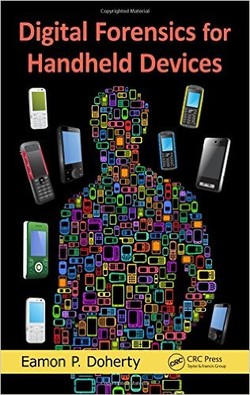Approximately 80 percent of the world?s population now owns a cell phone, which can hold evidence or contain logs about communications concerning a crime. Cameras, PDAs, and GPS devices can also contain information related to corporate policy infractions and crimes. Aimed to prepare investigators in the public and private sectors, Digital Forensics for Handheld Devices examines both the theoretical and practical aspects of investigating handheld digital devices.
This book touches on all areas of mobile device forensics, including topics from the legal, technical, academic, and social aspects of the discipline. It provides guidance on how to seize data, examine it, and prepare it as evidence for court. This includes the use of chain of custody forms for seized evidence and Faraday Bags for digital devices to prevent further connectivity and tampering of evidence. Emphasizing the policies required in the work environment, the author provides readers with a clear understanding of the differences between a corporate investigation and a criminal investigation. The book also:
Offers best practices for establishing an incident response policy and seizing data from company or privately owned digital devices
Provides guidance in establishing dedicated examinations free of viruses, spyware, and connections to other devices that could taint evidence
Supplies guidance on determining protocols for complicated crime scenes with external media and devices that may have connected with the handheld device
Considering important privacy issues and the Fourth Amendment, this book facilitates an understanding of how to use digital forensic tools to investigate the complete range of available digital devices, including flash drives, cell phones, PDAs, digital cameras, and netbooks. It includes examples of commercially available digital forensic tools and ends with a discussion of the education and certifications required for various careers in mobile device forensics.











